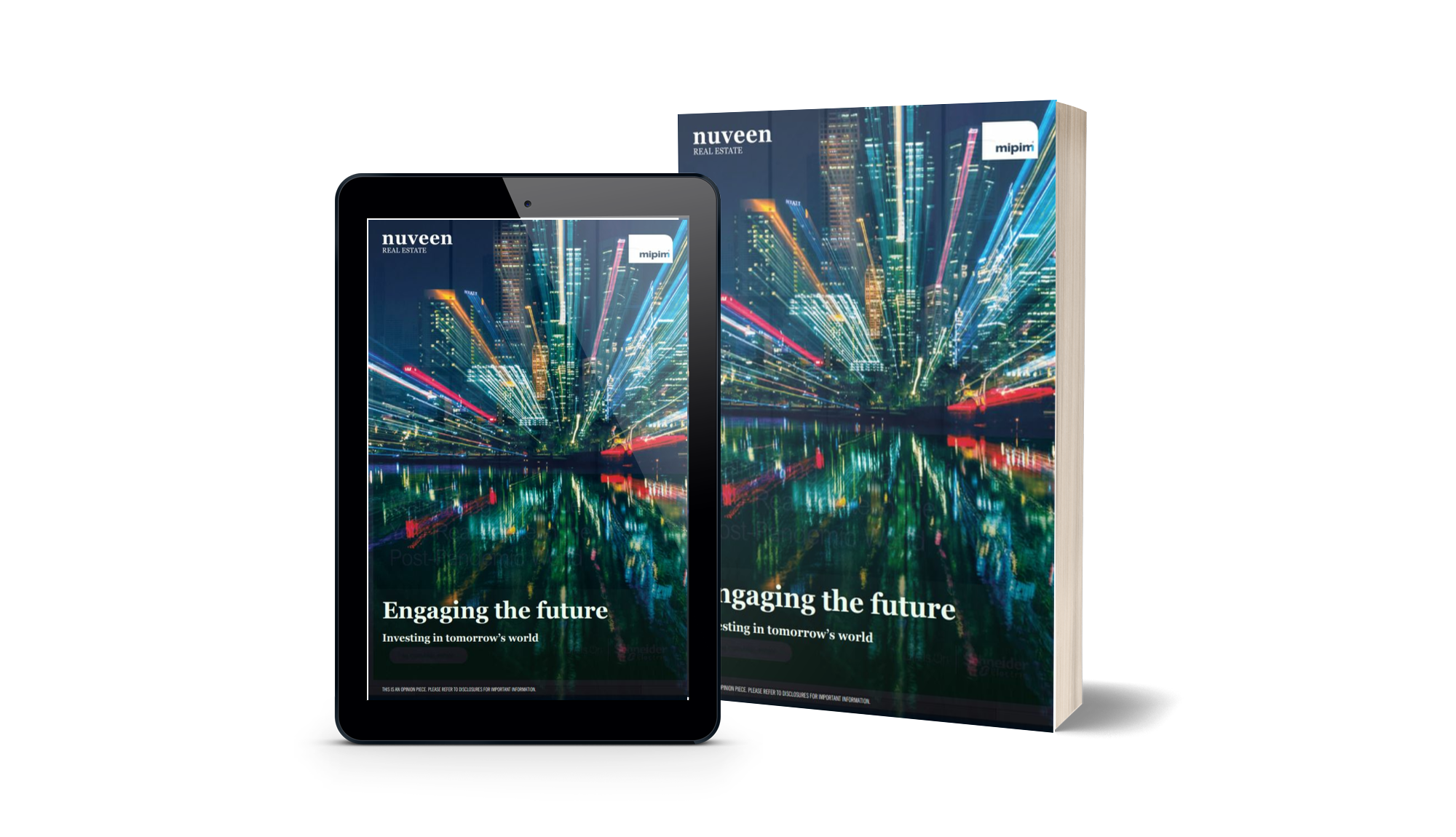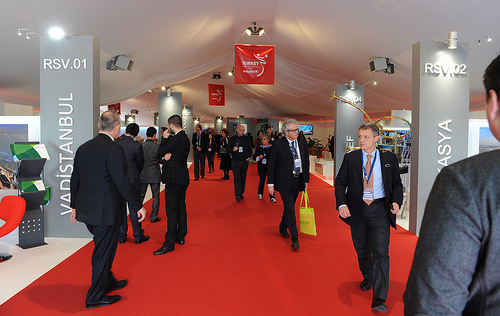« Changing workplace (Office/Logistics/Industrial/P&Ds) Role of Corporate Solutions, Emerging Opportunities in Workplace. Prepare for changing trends »

Engaging the futur
Investing in tomorrow’s world
The office workplace is changing tremendously. With modern technologies, smartphones, and Internet governing the way we live and work, companies are seeking new innovative ways to accommodate employees and adapt to the new workplace trends.
So what are those emerging trends?
In a panel discussion at the Turkish Pavilion moderated by Can Gun Gokkaya from Jones Lang LaSalle, experts and developers of the office buildings presented their viewpoints on the changing workplace.
Higher demand in productivity, shrinking office space, and time efficiency were some of the discussed issues. Also, location is playing a more important role with companies shifting their preference to CBDs. Companies want a prime location on a budget with high employee productivity. These demands are not easy to accommodate.
Efficient elevators, easy access hallways and entrances have become an essential part of any modern office building, since people cannot afford to waste time. One of the panelists gave an example of an office building his company developed, where they used double-deck systems that significantly lowered the number of elevators.
Creating open spaces for socializing is another trend. “People spend approximately 11 years of their lives at the office.” They do not have enough time to socialize outside their work, so bringing this opportunity into the workplace is crucial. The research shows that only 47% surveyed employees were happy at their work. This data is from 2011, and it is a lower number compared to the 51% in 2008. Office is considered to be a boring place where the only thing you do is work. This lowers productivity and employees’ satisfaction with the company. Consequently, creating a workplace that combines working aspect with the socializing one is one of the main priorities for many companies. But how can you create such a space without spending extra?
The concept of the folding office gives a partial solution to the problem. Multiuse of space by incorporating transformable furniture and adjoining extra facilities into the office helps improve employee well being while cutting costs on extra square footage. The extra facilities could include movie theaters, personal training spaces, basketball courts, and outside areas when people can get outside and breathe fresh air. In this case, employees would spend more time at the office instead of spending it commuting in the traffic jams. The Turkish company that introduced the concept of folding office worked with Henry Allen, a world famous designer, to create space and furniture that would help utilize seldom used areas by “folding” them. They then use it for other purposes, which significantly decreases the required square footage and, consequently, lowers the cost.
“Main assets are human assets” and “soft costs are more important than hard costs” were two of my favorite phrases during the discussion. Finally, companies and developers realize that the offices must be built for humans. Happiness of the employees should be on the first place prior to sustainability or monetary savings.
Incorporating new ways to satisfy employee needs in the increasingly shrinking workplace while balancing the cost of prime locations is the new trend and a challenge for companies. The only way to be successful in this task is to be innovative and creative with the office space, incorporate more collaborative areas, and use new technologies to minimize the required footprint.

Engaging the futur
Investing in tomorrow’s world
Inna Panchuk was born and raised in Russia and moved to the United States at the age of 18. She received her BS in Management from San Diego State University and is currently earning her Masters in Real Estate at University of San Diego. She is a curator of the MIPIMWorld Sustainability and Innovation press review magazine.



